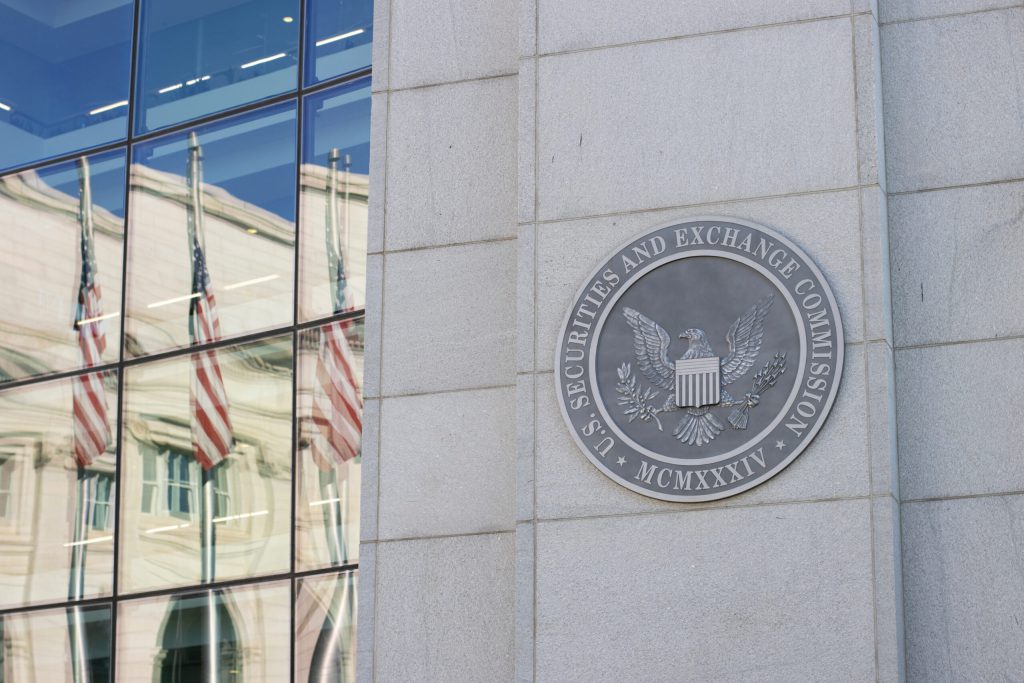
What the Securities and Exchange Commission’s vote on the final climate disclosure ruling means for business
The long-delayed Securities and Exchange Commission’s disclosure ruling has been decided but does it deliver the climate clarity that US business needs? Andy Garraway, Risilience Climate Policy Lead, makes the case for organisations to act, now.
It’s been a long time coming but the Securities and Exchange Commission’s (SEC) climate disclosure ruling has narrowly been approved, finally deciding what level of reporting US public companies will be expected to disclose.
What’s in the SEC final climate ruling?
The SEC faced a barrage of criticism on its draft proposals: that they didn’t go far enough and, on the other side, that they went too far. The final rule is significantly scaled back compared to the draft but nonetheless marks a significant achievement.
The final rule focuses more on disclosing climate-related risks than it does on disclosing a company’s emissions. Scopes 1 and 2 are now only required for large accelerated filers (LAF) and accelerated filers (AF), where they are deemed to be material. Scope 3 has been removed from the ruling altogether.
Companies must disclose their climate-related risks and how these have had, or are reasonably likely to have, a material impact on the company’s business strategy, results of operations or financial condition. Also required: how these risks are integrated into the company’s risk-management system. They must also disclose any actual or potential material impacts of these risks on the company’s strategy, business model or outlook. Further, the SEC requires companies to disclose the financial impact of severe weather events, where material.
Companies must disclose how they seek to mitigate their climate-related risks, including any transition plan, scenario analysis or internal carbon price used.
While the SEC has scaled back the governance requirements it still asks companies to disclose any oversight by the board of directors of climate-related risks and what role, if any, management has in assessing and managing those risks.
What the ruling means for business
With more than 24,000 comments received on the proposals and the SEC facing claims of overreaching its congressionally-appointed remit, it is no small achievement that, now, the US has federal climate disclosure requirements for public companies.
However, the challenge lies in the detail of the requirements and what they mean for companies already looking to comply with the variety of climate and sustainability disclosure regimes that are proliferating around the globe. Crucially, the SEC climate rule has been shrunk in scope so significantly that it only gets companies so far in complying with those other jurisdictions’ requirements.
Take the notable example of the SEC pulling back on emissions disclosure, removing Scope 3 from the equation entirely and only requiring Scopes 1 and 2 where they are material for LAF and AF.
California’s Climate Acts SB 253 and SB 261, the European Union’s Corporate Sustainability Reporting Directive (CSRD) and the International Financial Reporting Standards’ Sustainability Reporting Standards, due to be adopted in the UK, Singapore and Australia, among other countries, all mandate the disclosure of Scope 1, 2 and 3 emissions data. This highlights the challenge faced by US public companies already navigating the global regulatory landscape.
Regulation is not the only pressure businesses are facing and, in many cases, it is not even the most pertinent one. Customers are also increasingly demanding this information and, for many companies, this source of pressure is much more immediate than any regulatory requirement. In fact, numerous public and private companies are holding their suppliers to account and making greenhouse gas (GHG) emissions disclosure, and, increasingly, targets to reduce those emissions, conditions of a continued business relationship.
Steps to take, now
With requirements for disclosures starting for LAF in financial years beginning in 2025, it is critical for organisations to assess the detail of the requirements now to understand their impacts.
Many companies are already beginning the journey of assessing their emissions footprint and climate-related risks to comply with the California Climate Acts. For those approaching climate disclosure for the first time, it is important to understand the challenges and opportunities likely to arise.
Best steps for organisations to take now include:
Prepare for change: ensure the people, processes and controls are in place to prepare climate information for reporting along the same lines as financial information.
Communicate, company-wide: spread the word about the role and effect of climate-disclosure requirements throughout the company at all levels. Ensure all stakeholders understand the change, what is required and why.
Identify lines of sight: secure a strong understanding of the full operational value chain of the business. This will help to identify data required for climate-related scenario analysis that can support strategic decision-making as well as comply with disclosure requirements.
Gather your data: where applicable, begin the process of emissions data gathering and socialising the requirement to disclose this publicly.
Think further afield: map the overlapping regulatory landscape and understand how your company may be affected by more than just the SEC climate disclosure rule.
- Register for the Risilience-hosted and expert-led webinar The California Climate Acts: what you need to know taking place today, Thursday 7 March at 4pm (GMT), for more reflections on the SEC decision, the business impacts and reach of the California Climate Acts and steps that companies can take now to get ahead. All registrants will receive the on-demand link to watch the webinar.
- A full summary of the proposals can be found on the SEC’s website .